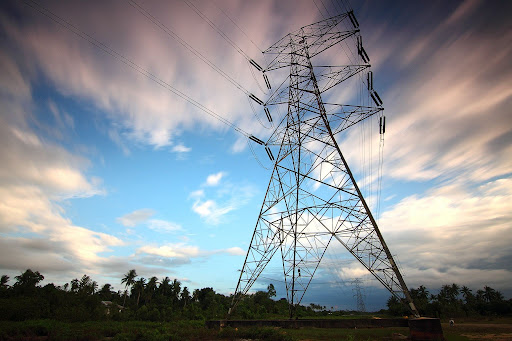Electricity is an essential part of modern living and our society has become increasingly reliant on it. Because of this, any power failure, big or small, has the ability to not only curb productivity, but also result in huge losses. This affects everything from hospitals and large businesses to residential properties. Knowing the causes of power failure can help you be prepared for these unfortunate situations and can also help you estimate how long the problem will last. The following are some of the most common causes of power failure.
Natural Causes of Power Failure
One of the most common causes of power failure is extreme weather. This can be due to lighting, heavy rains, snow, ice, and high winds. Natural disasters can also result in power outages, with floods, earthquakes, and wildfires being especially capable of knocking down power lines and damaging power structures.
Trees
Trees are another common cause of power failure. This is closely related to weather because storms and high winds often knock down branches or entire trees that can then damage pylons and distribution lines. Of course, this isn’t restricted to extreme weather – power outages can result from improper trimming, or old trees simply giving in and toppling over and thus, damaging important power infrastructure.
Equipment Failure
Faulty equipment or damage over time can result in equipment failure. This can lead to short circuits, brownouts, and even blackouts. A phenomenon called electric treeing can also take place, in which electric discharges eventually lead to damage and a total breakdown of the affected equipment.
Wildlife
Animals such as squirrels and birds can also damage power lines while looking for food or trying to build nests. Because flowing electricity provides warmth, this can also attract animals and lead to damage and power failure. Even small animals climbing onto equipment like transformers can result in short circuits and result in loss of power.
Human Error and Damage
Human error is responsible for a number of power outages. Whether individuals unknowingly disturb or damage cables while digging or doing yard work, or people vandalize transmission towers or try to steal power, there are plenty of ways this intricate network of power lines can get damaged. This isn’t just limited to everyday people – even professionals and construction workers can accidentally cut important lines or knockdown poles. Vehicular accidents which result in utility poles being hit are also a common cause of power failure.
High Demand
Power blackouts can happen at the most innocuous of times. Even when the weather is perfectly fine, things like high demand can cause power systems to overload and shut down.
Planned Power Outages
Power outages are also sometimes planned, such as when maintenance needs to take place. However, these are usually short power interruptions and usually come with an advanced warning. Other planned power outages can occur when repairs are required, or new infrastructure is being put into place.
Whether you install a backup generator or simply have uninterruptible power supply capabilities put in place in case of these emergencies, it’s important to take steps to be prepared in case of any sudden loss of power.
Work With Odyssey Power
A standby generator If you would like to formulate a plan to prepare your organization for unexpected power failure, get in touch with Odyssey Power today. Our experts have over 20 years of experience in helping clients get the most out of their systems and maximize their uptime.

